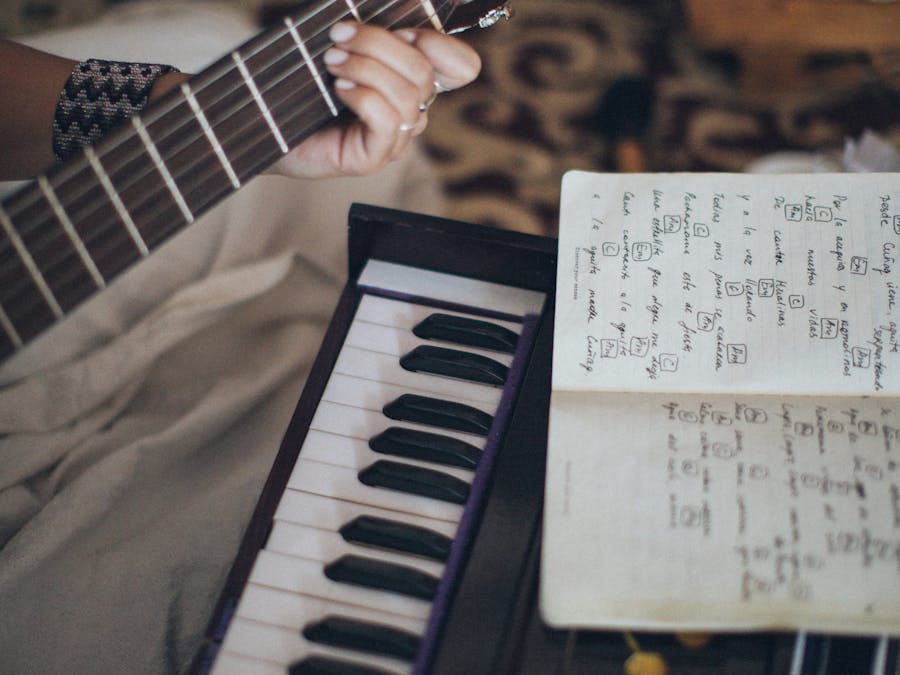 Piano Guidance
Piano Guidance
 Piano Guidance
Piano Guidance

 Photo: Gabriele
Photo: Gabriele
Of these, three pianos still exist and are displayed in museums: an Érard in Linz, Austria; a Broadwood in Budapest, Hungary; and a Graf at the Beethoven museum in Bonn, Germany (for which there is currently a campaign to fund a restoration of the instrument).

Learning to play the piano as an adult can be intimidating. Many people limit themselves because they think they are too old or that it's too late...
Read More »
The ability to sing isn't necessarily something you're born with. You can be born with the right genetics and physiological features that put you...
Read More »From Germany and Vienna, Beethoven had pianos made by Stein, Graf, Böhm, and Streicher. Johann Andreas Stein began building pianos in Bavaria. His pianos featured an action (the name for the mechanisms that allow the key to move the hammer which strikes the string creating the note) that were very responsive, meaning the note played quickly after the key was struck. After years of work, Stein had created a very good instrument by around 1780. Joseph Böhm made beautiful pianos in Vienna and was involved in the keyboard-maker’s association. One of his pianos was perhaps owned by Napoleon’s second wife, Marie Louise. Conrad Graf began as a cabinet maker, later he became an apprentice piano maker, eventually taking over his master’s shop. Graf was appointed the Royal Piano and Keyboard Maker for the Imperial court in Vienna. He was one of the first piano manufacturers to mass produce his instruments, using an assembly line where each worker had a specific job, much like Henry Ford would do with automobiles in 1913. Beethoven appreciated the sturdy pianos Graf made, which were much stronger than many of the other instrument he used. Streicher pianos were made by Nannette, Stein’s daughter, who took over the family business. Her pianos were well made and were among Beethoven’s favorites, a fact he confided to Streicher near the end of his life. The Streicher family became close friends with Beethoven, with Streicher serving as Beethoven’s household manager for a while, taking care of his everyday needs to allow him more time to compose. Sebastien Érard made pianos in his workshop in Paris until he was forced to flee to London during the French Revolution due to his relationship with the French royal family (Marie Antoinette owned several of his instruments.) While in London Érard learned about the English style of piano and adapted some of their technologies to his instruments. He also made very fine harps, contributing greatly to the advancement of that instrument’s capabilities. Érard returned to Paris in 1812 and reopened his workshop. He spent the rest of his life perfecting his versions of the piano and harp. Other well-known composers who owned Érard pianos included Chopin, Fauré, Liszt, Wagner, and Ravel.

Walmart offers self-service key copying through a 3rd party kiosk called MinuteKey, which acts similar to a vending machine. The cost for most...
Read More »
The intermediate pianist is someone who has been playing piano for 6-18 months. They can read treble and bass clef comfortably, and they understand...
Read More »
Choosing OEM over aftermarket OEM products are going to match what's being replaced and that guarantees function and quality. You'll be getting the...
Read More »
Flowkey is the overall better option if you are a beginner looking for comprehensive online piano lessons. They have a large selection of songs to...
Read More »
According to a recent study by the Society for Personality and Social Psychology, practicing affirmations—whether listening to pre-recordings or...
Read More »
Give yourself at least a few months (but ideally a year) to do this. You can move on to more complicated pieces soon after that. Overall, the best...
Read More »